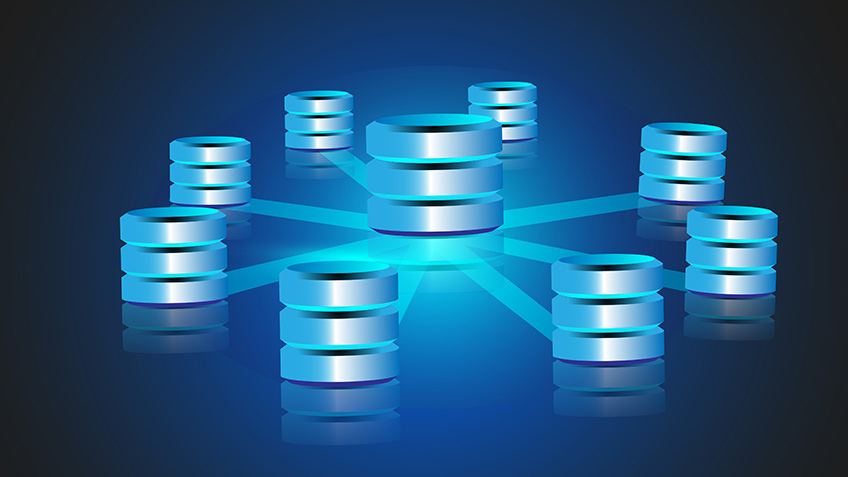Nowadays, companies are constantly emerging with newer and faster technology that assumes customers as their focus. They are able to collect data that encompasses information about all their customers. SAP has been able to offer the use of SQL along with data warehousing problems so that customer data can be protected and secure. Stechies.com comes with a wide range of tutorials on all these data warehousing SAP applications.
SAP data warehousing solutions come in two different colours- SAP Business Warehouse and SAP HANA SQL DW. These two colours can be combined together if required.
About the SQL DW
- The SQL data warehousing has been the feather in SAP’s cap since the past many decades. It has been supporting data mining and its storage in massive proportions through various acquisitions in the past. Data Services, Information Steward, and PowerDesigner are some SAP products that have been at the forefront of data warehousing for a long time.
- These data warehouses have a simple comprehension technique. A supported database can be loaded with these valuable tools and the system is ready.
- These tools are also instrumental in connecting the client with Relational DBMS instances.
- The compatibility of these tools is unparalleled. The SAP products can be readily replaced by third-party vendor tools, but these tools must be easy to work with and must have proper database support.
- However, the classic SQL DW can be integrated with the SAP HANA cloud platform completely since the past few years. These changes have revolutionized the DW techniques and tools the SAP offers because the cloud platform ensures connectivity and centralized management. It is advisable to use SAP HANA 2 because it can support all the features of DW that SAP offers.
Features of SAP HANA SQL DW
- The stand-alone tools that were present in the Classic SAP DW have become more integrated with the SAP HANA SQL DW.
- You can compute data and store it. The most prominent data storage and computation engine is the SAP HANA database. The need for secondary data storage facilities and computational facilities may be required for DW applications.
- Smart Data Integration, Smart Data Access, and Smart Data Streaming are the options available to access and import source data through a feature called ‘data ingest’. This data ingestion provides the essential connectivity of the data warehouse with the SAP HANA platform.
- The SAP HANA platform can integrate with the browser-based Enterprise Architect Designer (EA) which can model the data warehouse according to customer needs. It is basically the cloud platform version of the PowerDesigner in the classic SAP DW.
- The important functions that developers require while working with the DW such as data definition, data transform, data preview, and data scheduling are performed with the help of WebIDE that comes with the SAP HANA connectivity.
- It also comes with the DevOps support which is crucial for today’s DW developers. Each developer can have an isolated ‘container’ where he/she can work and produce the necessary output. This concept can also be applied to development teams. This isolation can work in the favor of customers that have several teams working on a project and dumping the output in the same DW. It reduces collisions.

